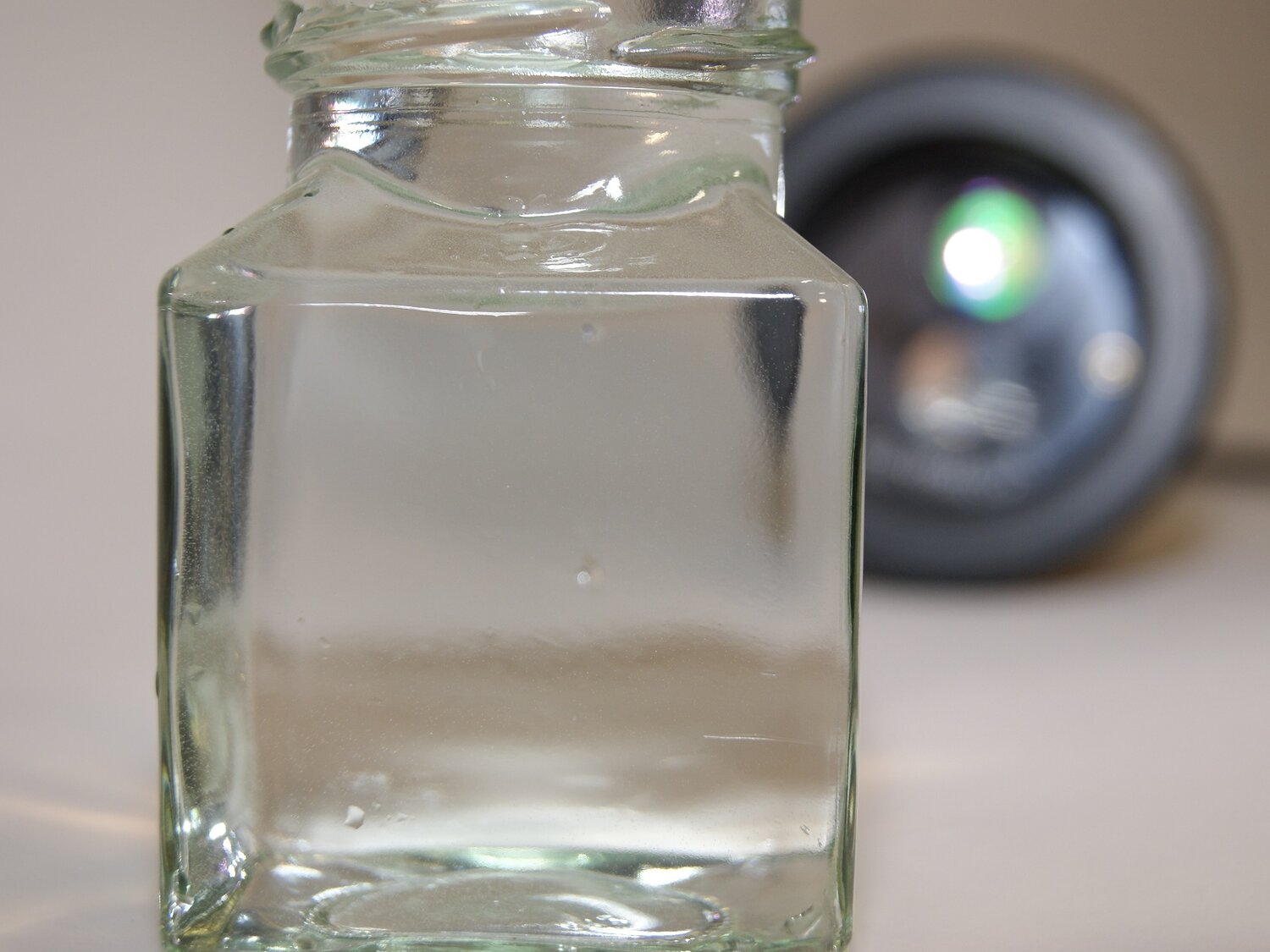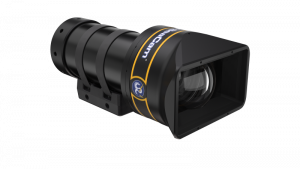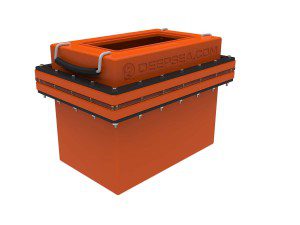BlueZone partners with over 50
world-leading original equipment
manufacturers and systems providers
C-Dye 370
Ultraviolet leak tracing dye
OceanTools C-Dye 370 is a colourless UV dye concentrate, designed for tracing leaks in a variety of subsea environments. With maximum absorption in the near UV range and emission in the visible range, it can help identify leaks around subsea control systems, risers and pipelines.
The dye is typically dosed at a ratio between 100ppm and 200ppm depending on the application. Compatibility with the dosage medium and the appropriate concentration should be confirmed prior to use, and the dye should be thoroughly dispersed within the chosen medium. C-Dye 370 is registered with CEFAS in the UK (OCNS Gold / OCNS Class D) and the Netherlands (HMCS Pre-screening Category C) and has a substitution warning. It is also registered for use in Denmark and Norway.
OceanTools C-Dye 370 Safety Data Sheet
For more information about OceanTools C-Dye 370, Contact the team at BlueZone.
Key Features
Up to 25-hour mission duration
Speeds up to 4.2 knots
Increased module payload capacity
Search and recovery
Hydrography
Deep sea mineral exploration
Marine & Fisheries research
Product Enquiry
Related products
DeepSea's compact Vertex SeaCam has superior imaging performance with proprietary corrector optics. Features include full HD resolution with 10x optical zoom and low-distortion 80° HFOV at full-wide. A minimum faceplate...
Read moreBowtech has designing, manufacturing and supplying products to the subsea ROV, AUV, Defence, Nuclear and Leisure markets for over 20 years. From patented designs through to unique manufacturing techniques, Bowtech...
Read moreThe High-Current SeaBattery takes the already versatile SeaBattery to the next level by allowing users to draw up to 100 amps.
Read moreRelated Articles
Ahead of the Tide: BlueZone’s Landmark IndoPAC 2025 Showcase
Celebrating 25 Years of Sovereign Capability The Indo Pacific International Maritime Exposition stands as the region’s premier showcase for commercial maritime and naval defence innovation—bringing together leaders from defence,...
Read MorePartnering for Performance: BlueZone Supports Kraken Robotics in Advancing KATFISH Capability
BlueZone Group to become Kraken’s Australian Sales Representative, Enhancing Sovereign Support for Cutting-edge Synthetic Aperture Sonar Systems We are thrilled to announce BlueZone Group have signed an agreement...
Read MoreSeeByte and BlueZone Group Forge Strategic Alliance to Strengthen Australian Naval Capabilities
BlueZone Group is proud to announce our appointment as the official Australian representative for SeeByte, a UK-based leader in advanced maritime defence and uncrewed systems technology. This strategic partnership marks...
Read More



